Geocell Road Base for Driveway: Latest Innovations in Sustainable Construction
Geocell road base for driveway construction has made significant progress, reflecting broader trends in the geosynthetics industry.
Tel: +86-411-39569550 | E-mail: info@geofantex.com/geofantex@gmail.com
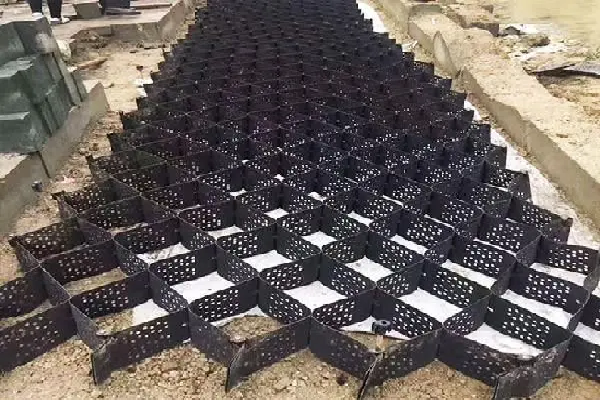
Geocell road base for driveway construction has made significant progress, reflecting broader trends in the geosynthetics industry.
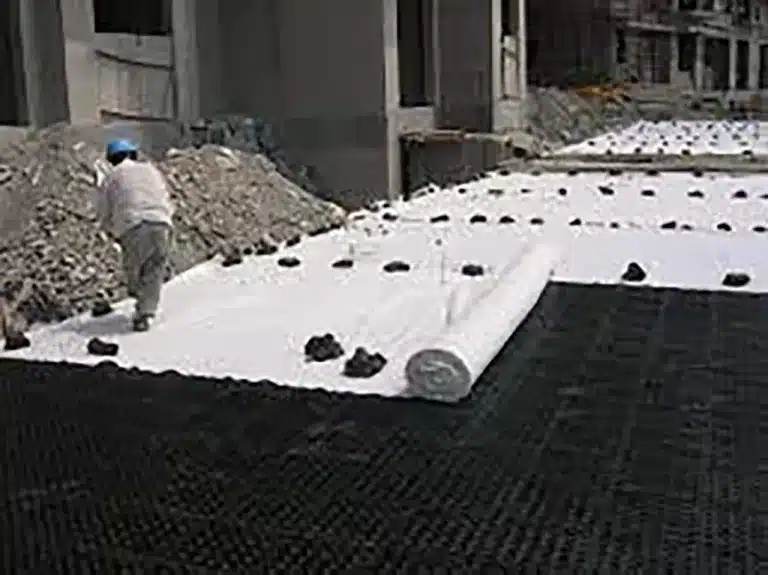
Geotextiles for gravel driveways have received a lot of attention for their role in enhancing the durability of gravel surfaces.
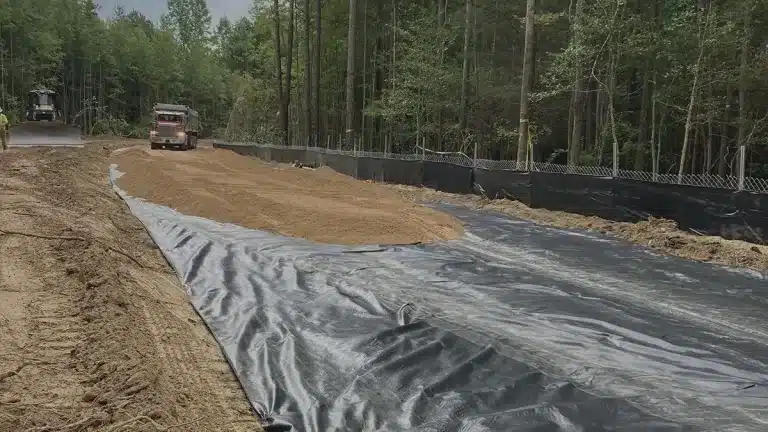
What are the functions of geosynthetics? This question is crucial to understanding their many applications, including soil stabilization.

Geotextile testing plays a crucial role in evaluating the quality and performance of these versatile materials.
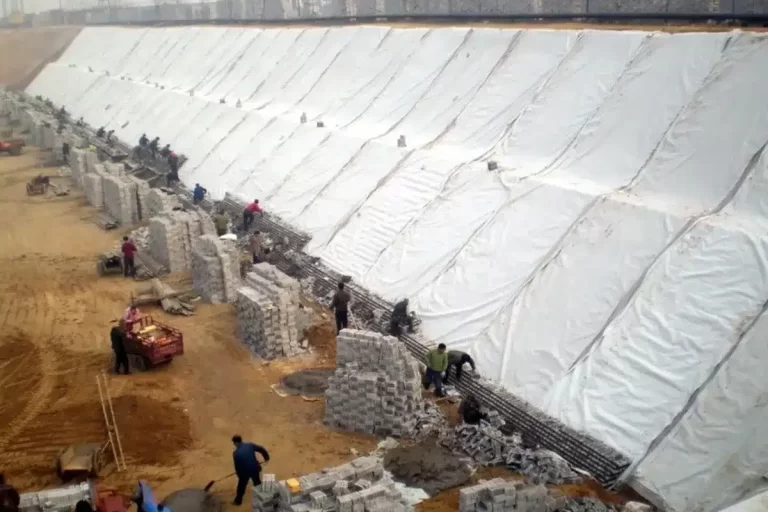
Geocell technology has revolutionized the geosynthetics industry, providing innovative solutions for soil stabilization and erosion control.
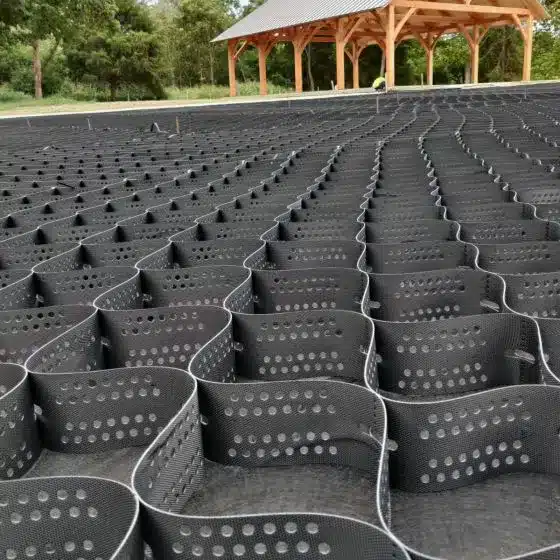
Geocell technology has revolutionized the geosynthetics industry, providing innovative solutions for soil stabilization and erosion control.
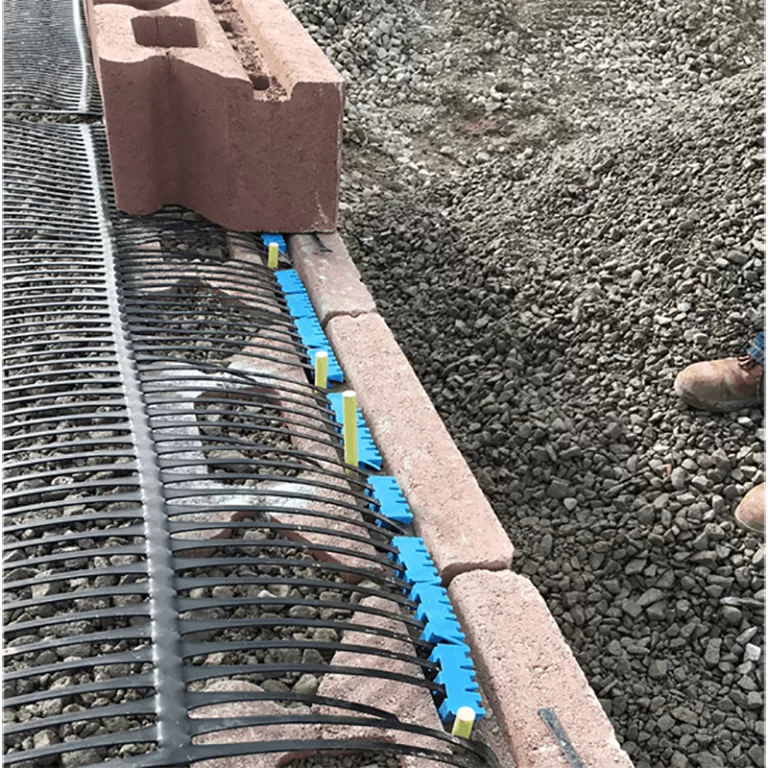
Understanding the difference between uniaxial and biaxial geogrids is critical to securing soil reinforcement and stabilization projects.

Geocell technology has revolutionized the geosynthetics industry, providing innovative solutions for soil stabilization and erosion control.
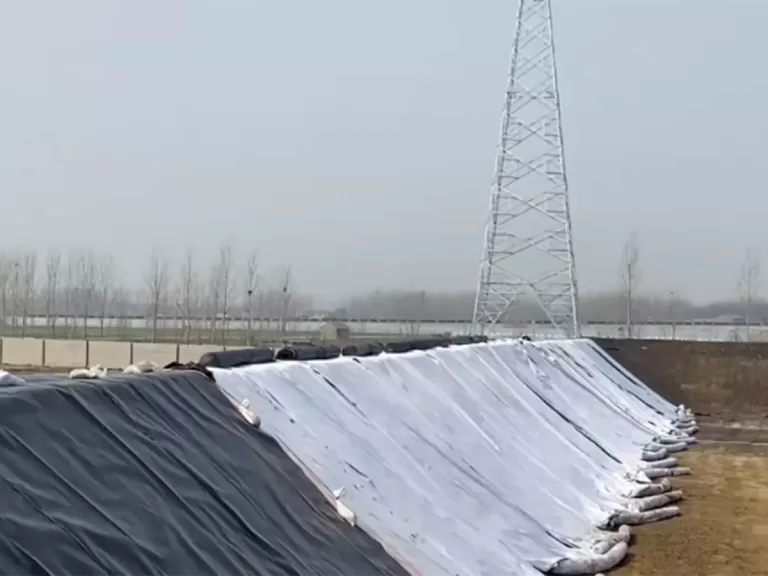
What is geotextile used for in pavements? Geotextiles are used in the construction practice of reinforcing pavement structures.
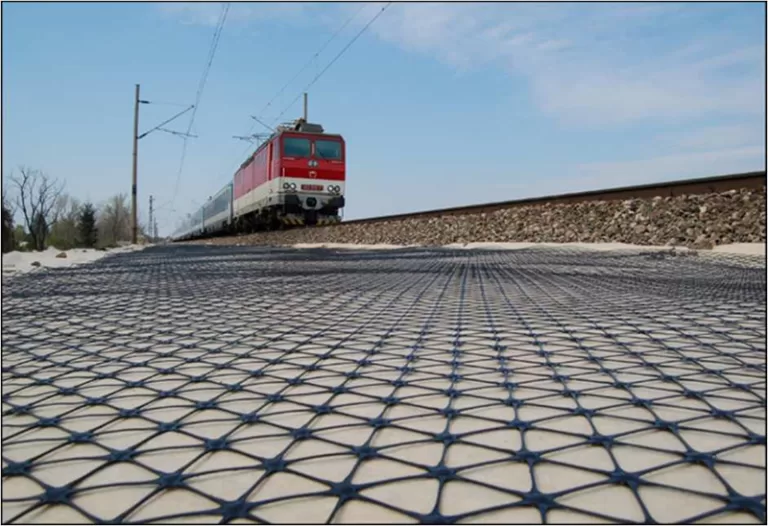
The latest advancements in geogrid soil stability have revolutionized infrastructure development across the country.
End of content
End of content
WhatsApp us